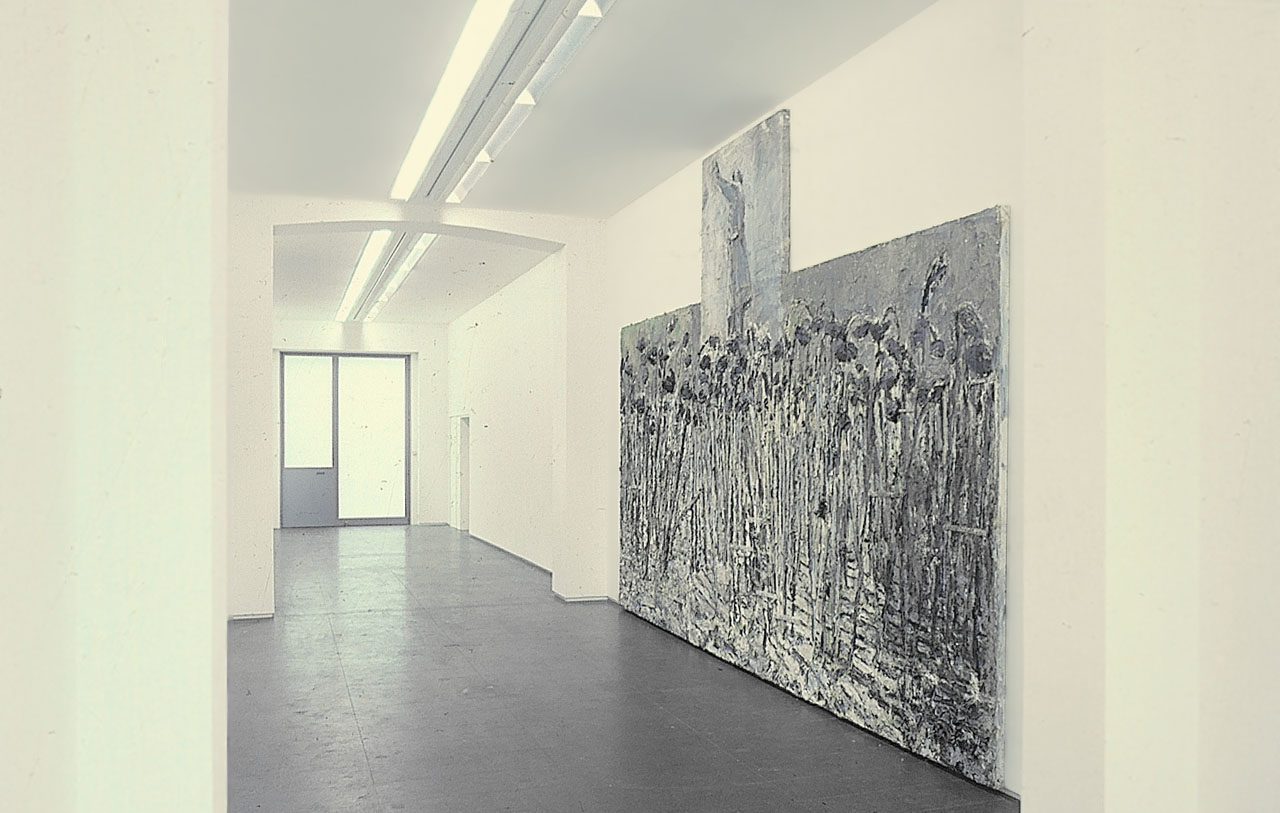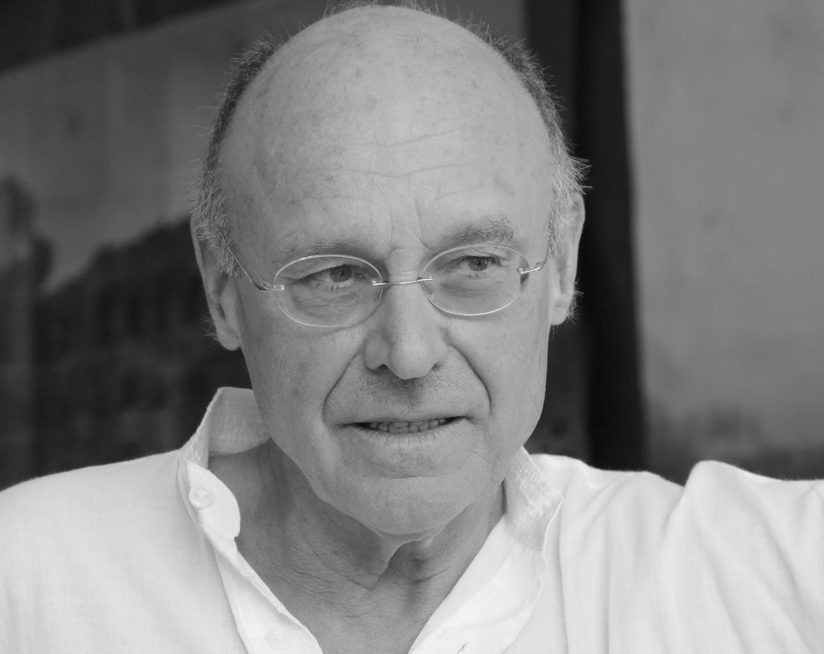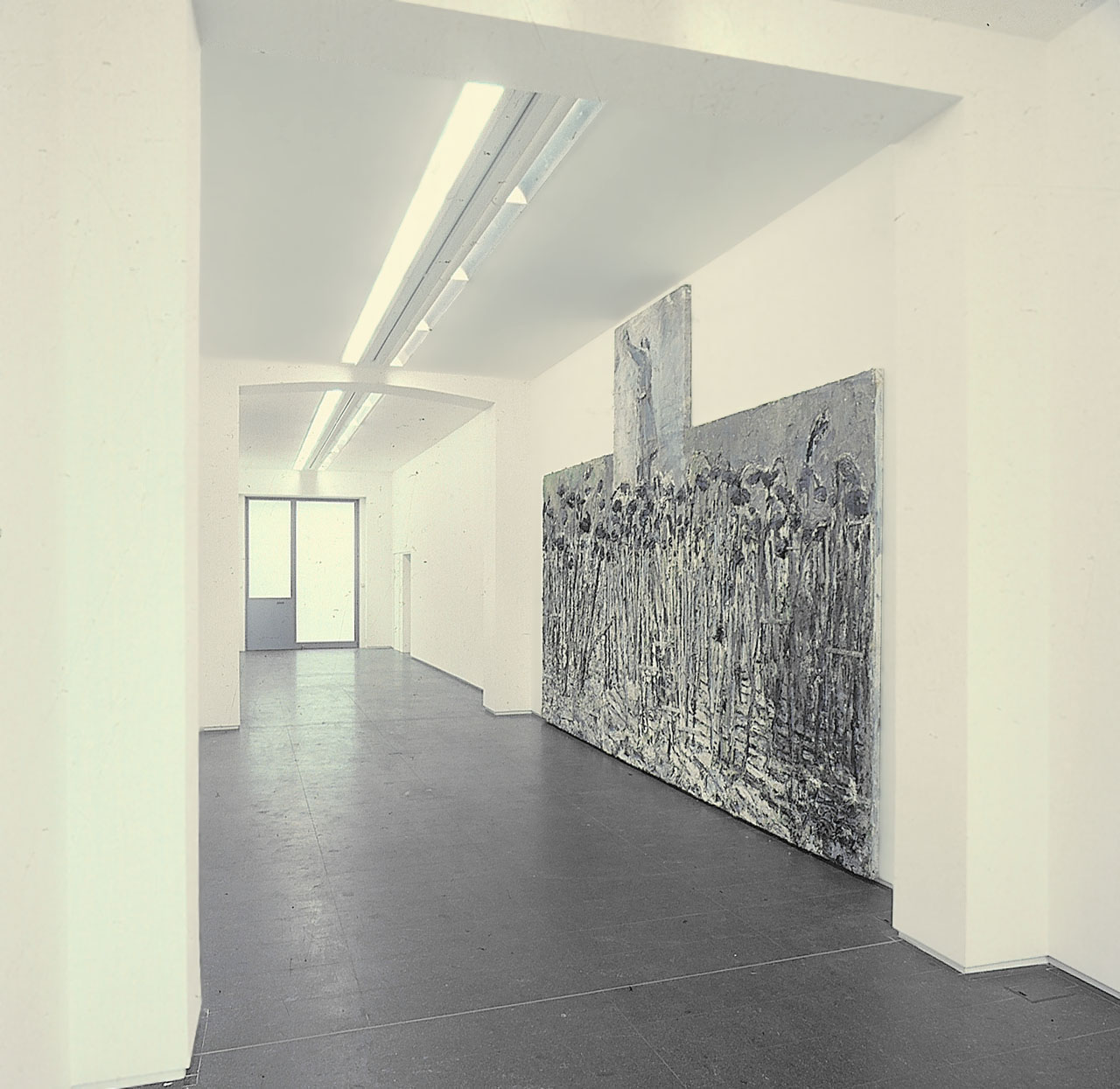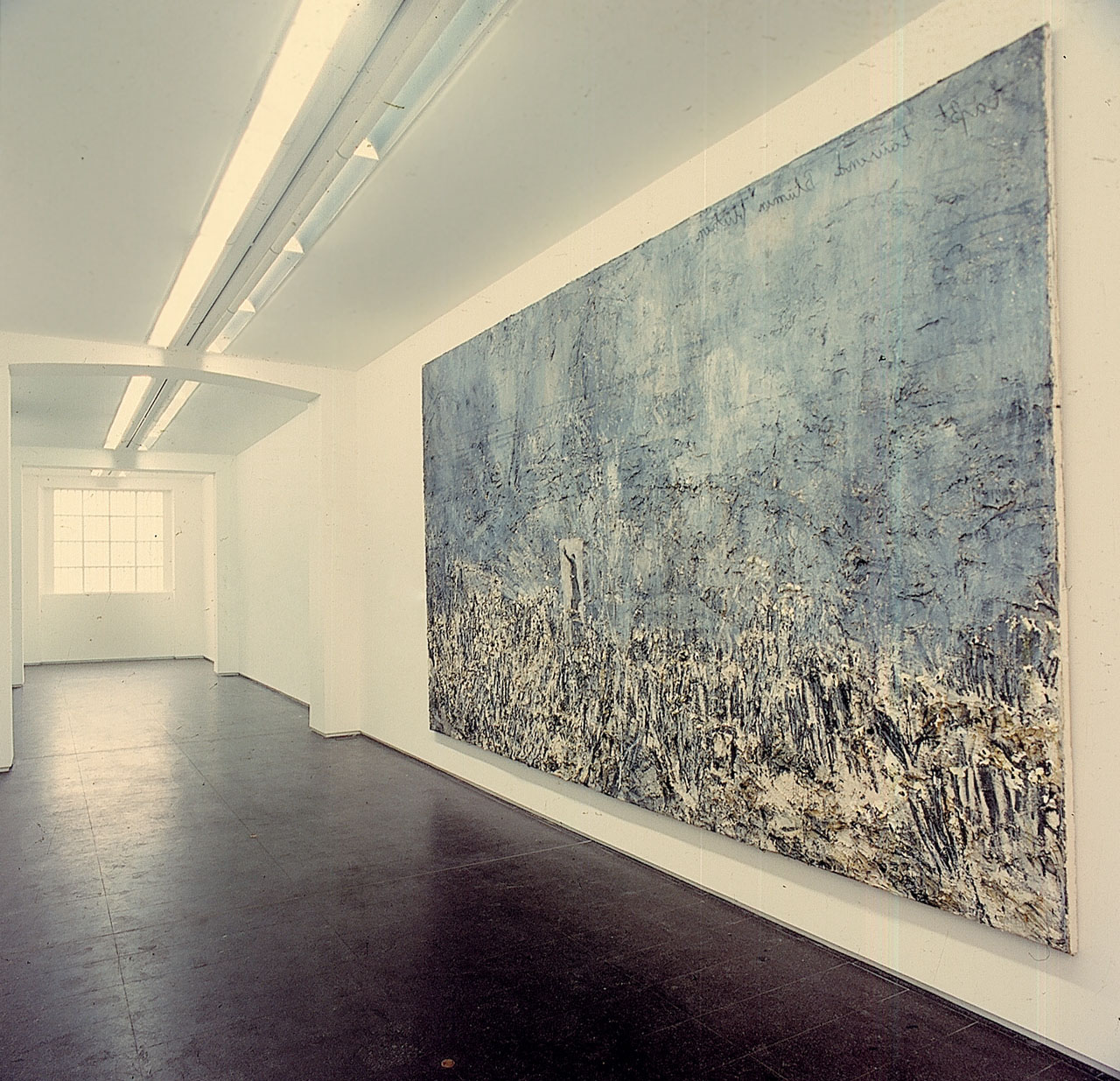Lia Rumma Gallery in Milan presented several large paintings by Anselm Kiefer which are a part of a new series of works entitled “Che cento fiori fioriscano”.
These works had been done recently and hade not been exhibited before. Their title comes from a slogan of Mao Tse Tung which connects the official iconography of the Àgreat helmsmanÁ with the proverb according to which so many ears of wheat would grow during the Cultural Revolution that children would be able to dance on them. Kiefer depicts the figure of Mao in the act of waving to the people in enormous fields of sunflowers, alluding polemically to false propaganda and calling attention to the determinate effects of utopias and episodes of collective amnesia which so often accompany the adhesion to mass ideologies.
Once again, the artist finds himself in a position of expressing the necessity of possessing a knowledge of history, through works which have a strong emotional impact; we are part of this history, even though it towers above us, and we must go over the recent and distant past and its myths in order to fathom the stratification of experience and memory, both individual and collective.
Ever since Kiefer, appeared on the artistic scene towards the end of the 1960s to become one of its leading exponents, his work has been characterized by large canvases where the paint absorbs other materials to form thick and encrustations, almost as if the artist desires to convey the idea of the painful stratification of memory.
Burnt wood, agglomerates of sand and hay, deformed pieces of lead, lifeless flowers which take on a dramatic resemblance to skeletons are employed in all their drama. The sunflowers, a recurrent element in his work, lose their splendor and explode, scattering dark seeds; otherwise, they become part of constellations in which every star is accompanied by notes which on which are written abbreviations and numbers that refer to astronomic coordinates and to its qualitative characteristics although, like the sunflowers, they cannot fail to evoke even the most tragic moments of German history.
If history is too often a series of catastrophes, Kiefer investigates it nad faces up to its reality without attempting any form of reconciliation as if, only through the recovery of every drama and tragedy would it be possible to overcome them and transcend them. In Kiefer's opinion, a man finds himself between earth and sky confronting history and only the poetic energy within him will allow him possible redemption.
This exhibition consolidates the gallery's relationship with the artist whose series of works in lead were displayed in the Naples gallery in 1992.
Anselm Kiefer
Che cento fiori fioriscano

Photo Gallery
L'artista

Anselm Kiefer was born in 1945 in Donaueschingen, Germany; he lives and works in Paris. Solo exhibition has been dedicated to Anselm Kiefer since the beginning of his carrier by prestigious museums among which: Kunsthalle, Bern (1978); Stedelijk Van Abbemuseum, Eindhoven (1979); Groniger Museum, Gronigen (1980); Museum Folkwang, Essen (1981);

